A faucet handle that spins freely is more than just an annoyance—it’s a sign that something inside the faucet mechanism has loosened, worn out, or broken entirely. When a handle rotates without turning the water on or off, it disrupts normal use and often signals a deeper issue that requires attention. Fortunately, troubleshooting this problem is usually straightforward, and most repairs can be done at home with basic tools.
In this comprehensive guide, you’ll learn the most common reasons faucet handles spin freely, how to diagnose the root cause, and the best repair methods to restore proper function. Whether you’re dealing with a bathroom sink, kitchen faucet, or shower handle, the solutions below will help you fix the issue quickly and prevent it from recurring.
What Does It Mean When a Faucet Handle Spins Freely?
A faucet handle should provide controlled resistance. When turning the handle no longer affects water flow or temperature, you’re experiencing a “free spin.” This means the handle is no longer properly connected to the internal components responsible for opening and closing the valve.
This failure can happen suddenly or gradually over months of daily use. The issue always stems from one of the following: loose hardware, stripped parts, worn cartridges, or internal damage.
Common Causes of a Freely Spinning Faucet Handle
1. Loose or Missing Set Screw
Most faucet handles connect to the cartridge or stem via a small set screw—often hidden under a decorative cap. When this screw loosens, the handle loses grip on the stem.
Symptoms:
- Handle spins without activating the water
- Handle lifts up or shifts position
- A sudden loss of resistance
Why it happens:
Frequent use, vibration from water pressure, or improper installation gradually loosens the screw.
2. Stripped Faucet Handle Splines
Inside the faucet handle are grooved teeth called splines. These splines interlock with matching splines on the cartridge stem. If the splines are worn or stripped, the handle cannot grab the stem properly.
Symptoms:
- Handle rotates endlessly
- Grinding or slipping feeling
- Handle feels loose even when tightened
Causes:
- Low-quality handle materials
- Corrosion or mineral buildup
- Forceful turning of the faucet
A stripped handle will never regain grip and must be replaced.
3. Worn or Damaged Cartridge Stem
The faucet cartridge is the heart of the faucet, controlling water temperature and flow. The protruding stem is where the handle attaches. If the stem wears down or breaks, the handle loses its anchor point.
Symptoms:
- Handle spins but water does not respond
- Stem wiggles when touched
- Leaking around the handle
A damaged cartridge usually means full cartridge replacement is required.
4. Broken Retainer Clip or Nut
Some faucet models rely on a retainer clip or retaining nut to secure the cartridge in place. When this part cracks, loosens, or pops off, the entire cartridge loses stability.
Symptoms:
- Handle feels detached
- Cartridge lifts when the handle is pulled
- Water may leak from the base
This is especially common in older Moen and Delta faucets.
5. Valve Seat Wear (Traditional Compression Faucets)
If your faucet uses a compression system (with separate hot/cold knobs), the valve stem inside may wear down over time. This can cause the handle to lose grip and spin freely.
Symptoms:
- Knob-style handles spin without opening the valve
- Stiff turning before total failure
In this case, replacing the valve stem assembly is often necessary.
How to Fix a Faucet Handle That Spins Freely
Before beginning repairs, turn off the water supply under the sink to avoid accidental leaks.
Step 1: Inspect and Tighten the Set Screw
- Look for a small cap on top or side of the handle.
- Pry it off gently with a flathead screwdriver.
- Use the correct Allen key or screwdriver to tighten the set screw.
If tightening restores function, the fix is complete. If the screw spins but doesn’t tighten, the handle splines are likely stripped.
Step 2: Remove the Handle and Check for Spline Wear
- Loosen and remove the set screw.
- Pull the handle off the stem.
- Inspect the inside of the handle for worn grooves.
If the splines are damaged or smooth, replace the entire handle assembly.
Step 3: Examine the Cartridge Stem
With the handle removed:
- Test the stem by turning it using pliers.
- If the water responds normally, the cartridge is functioning but the handle was the issue.
- If the stem feels loose or rotates unevenly, replace the cartridge.
Replacing the cartridge:
- Remove retainer clip or retaining nut.
- Pull out old cartridge with pliers.
- Insert the new one in the same orientation.
- Reinstall clip/nut.
- Reattach handle.
Step 4: Check for a Broken Retainer Clip
If your faucet uses a clip:
- Look for cracks, bends, or missing pieces
- Replace with a matching clip from the faucet brand
A damaged clip can cause the entire handle to malfunction.
Preventing Faucet Handles from Spinning Freely
1. Tighten screws during routine cleaning
A quick tightening once every few months prevents loosening.
2. Avoid excessive force when opening or closing faucets
Twisting too hard accelerates spline and stem wear.
3. Clean mineral deposits regularly
Hard water buildup interferes with moving parts.
4. Use high-quality replacement parts
Cheap handles and cartridges fail much faster.
5. Replace cartridges every 3–5 years in high-use sinks
Wear is inevitable—timely replacement prevents sudden failures.
When to Call a Professional
If:
- The handle still spins after replacing the handle and cartridge
- There is internal valve body damage
- Water is leaking inside the sink cabinet
- You see corrosion or cracked internal components
It’s best to involve a licensed plumber. Structural issues inside the faucet body often require advanced tools or faucet replacement.
Final Thoughts
A freely spinning faucet handle is usually caused by a loose screw, worn splines, damaged cartridge, or a broken retainer clip. The good news is that most fixes are quick and inexpensive. With the right steps, you can restore proper function, prevent leaks, and extend the life of your faucet. Addressing the issue early not only saves repair costs but also prevents further wear on the faucet’s internal mechanisms.
 WOWOW Faucets
WOWOW Faucets
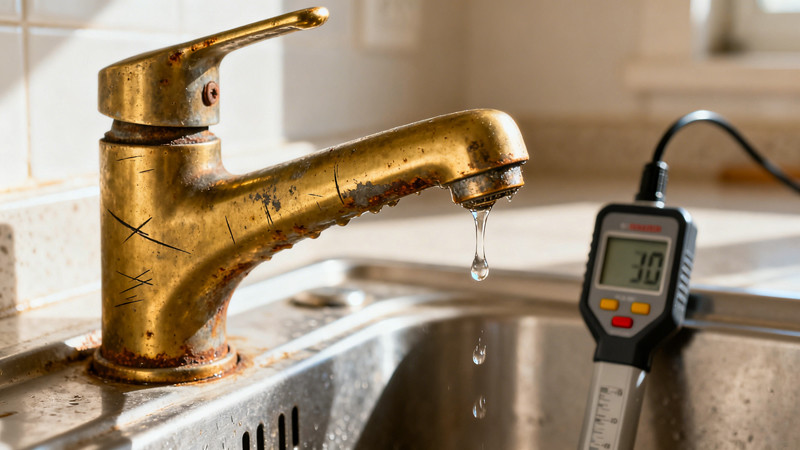
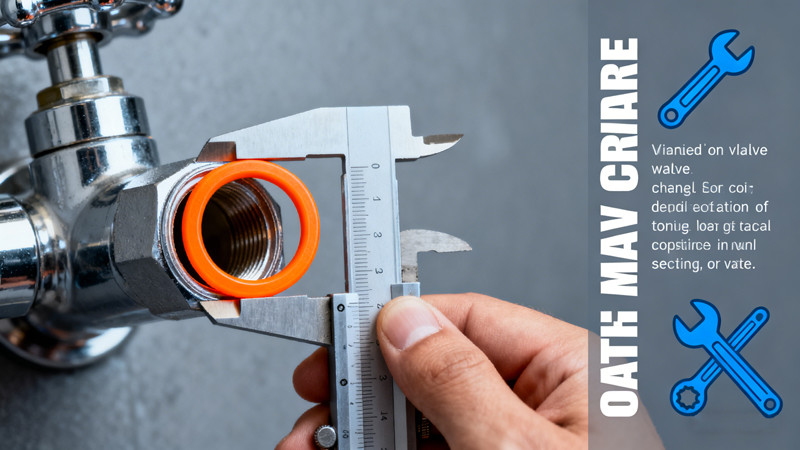
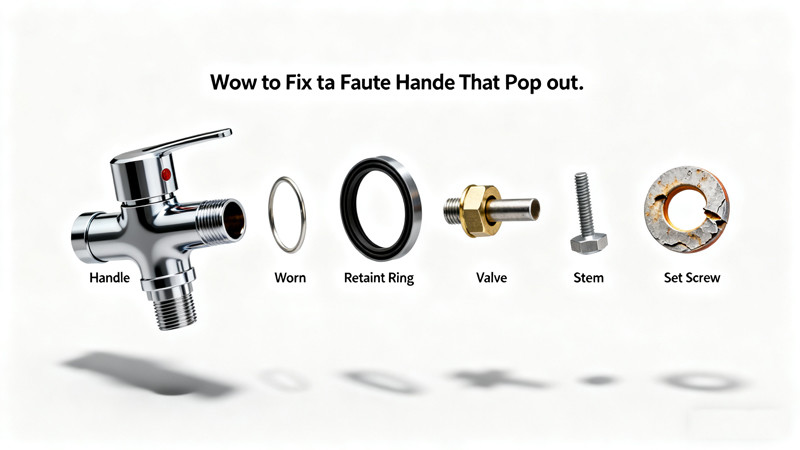
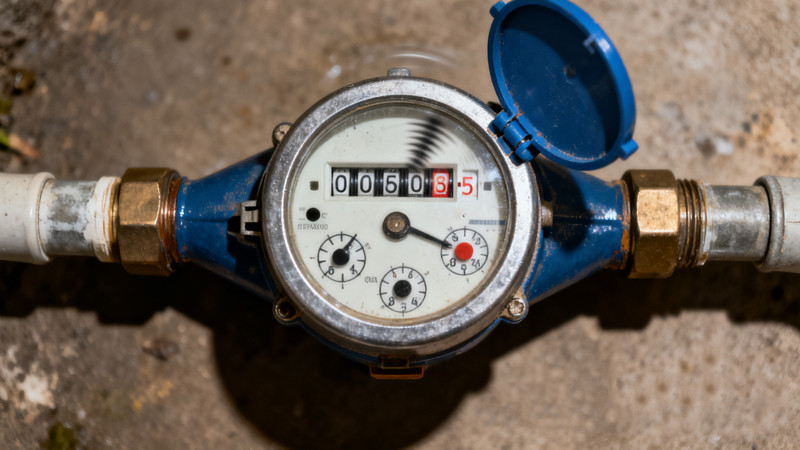
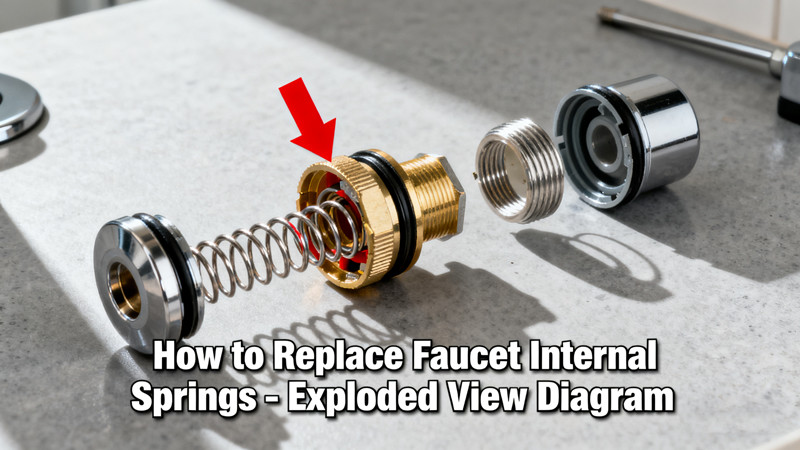

您好!Please sign in